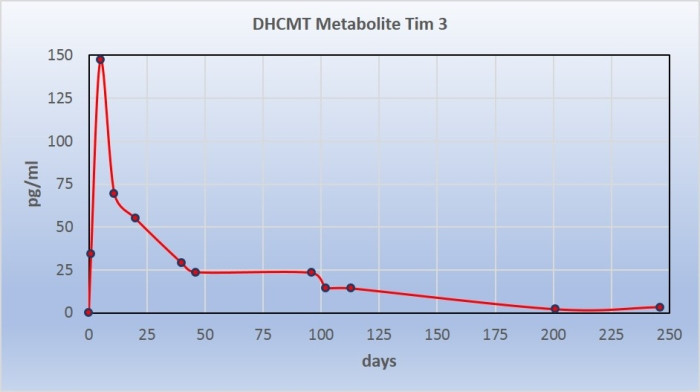Long-term Metabolites of AAS
Long-term Metabolites of Anabol Androgenic Steroids - Historical Aspects

Long-term Metabolites – Historical Aspects and the Cologne Strategy
Schänzer W, Fusshöller G, Guddat S, Geyer H, Piper T, Thevis M.
Lecture held at the 16th Annual USADA Meeting in Orlando, USA on 1st October 2017.
Introduciton
Historically, the wording long term metabolite was first used in the Cologne laboratory in 1995. Unfortunately, this was the year when Manfred Donike, the head of the Cologne laboratory, director of the Institute of Biochemistry of the German Sports University and member of the IOC Medical Commission subgroup Doping and Biochemistry, unexpectedly died. He was the scientific “father” of the anti-doping laboratory in Cologne and published his first scientific articles – dope analysis based on GC separation techniques - in 1966. His respectable work in the fight against doping was a milestone. He untiringly advanced antidoping science and improved analytical methods to detect doping substances in biological samples of athletes. We all in the Cologne laboratory and also scientists in other laboratories worldwide have learnt from Manfred Donike’s ideas. The wording long term metabolite is related to the detection of exogenous anabolic androgenic steroids (AAS). When in the beginning of the 1970ties the misuse of AAS became aware Manfred Donike and also the laboratory in Montreal focused their analytical investigations on an unambiguous identification of that group of substances by GC-MS. Beside of classical sector field MS systems such as the Atlas MAT CH-5, which was already used during the Olympic Games in Munich 1972, new and less expensive MS instruments became available at that time and in the 1980ties quadrupole separation techniques followed. These instruments were also called single bench top MS-Systems and connected to a gas chromatograph. The first methods could be developed to successfully identify AAS. But the problem remained with the testing itself as AAS were applied in the training period and doping tests were only conducted at competition events. This was less effective. Since 1988 with the introduction of out-of-competition testing the misuse of AAS could be controlled more effectively. But out-of-competition tests were not uniform and internationally not harmonized. That was one of the reasons why in Cologne Manfred Donike tried to improve the detection of AAS, even for long periods of time after their last administration.